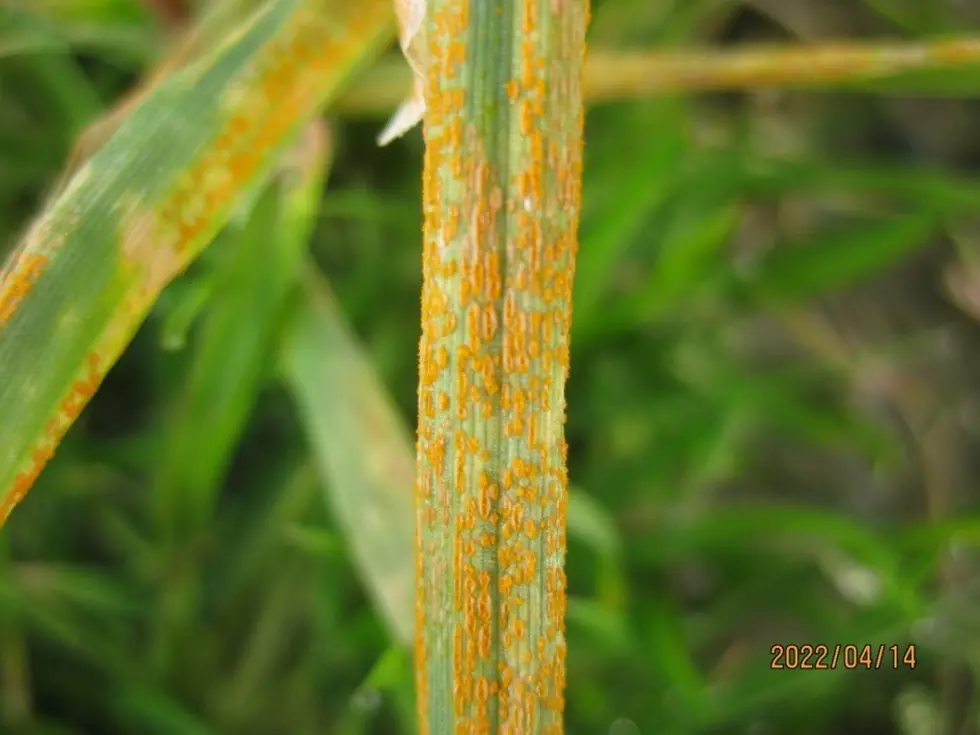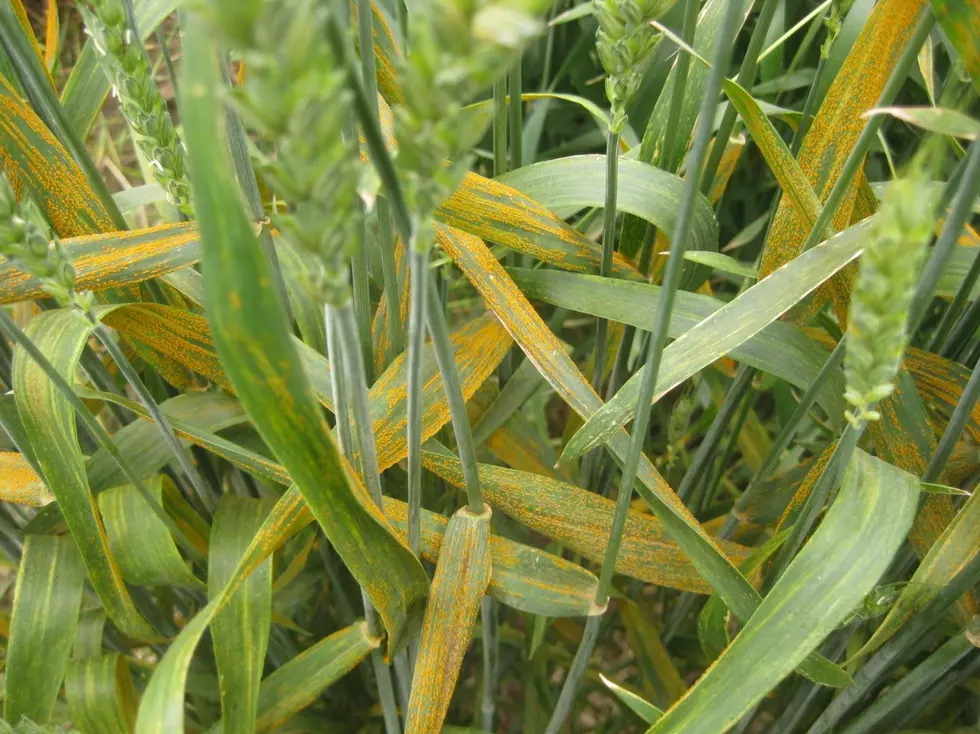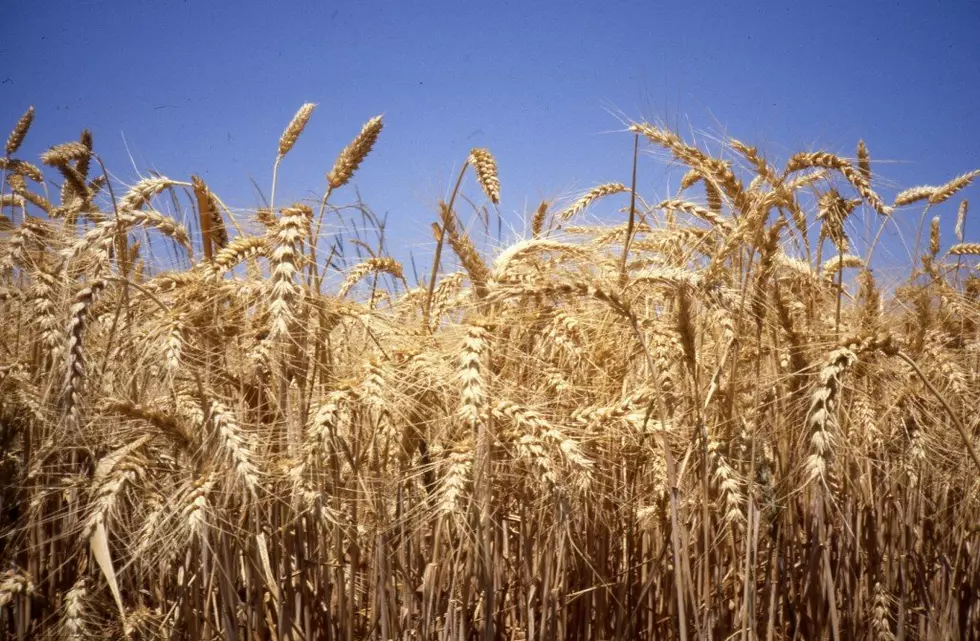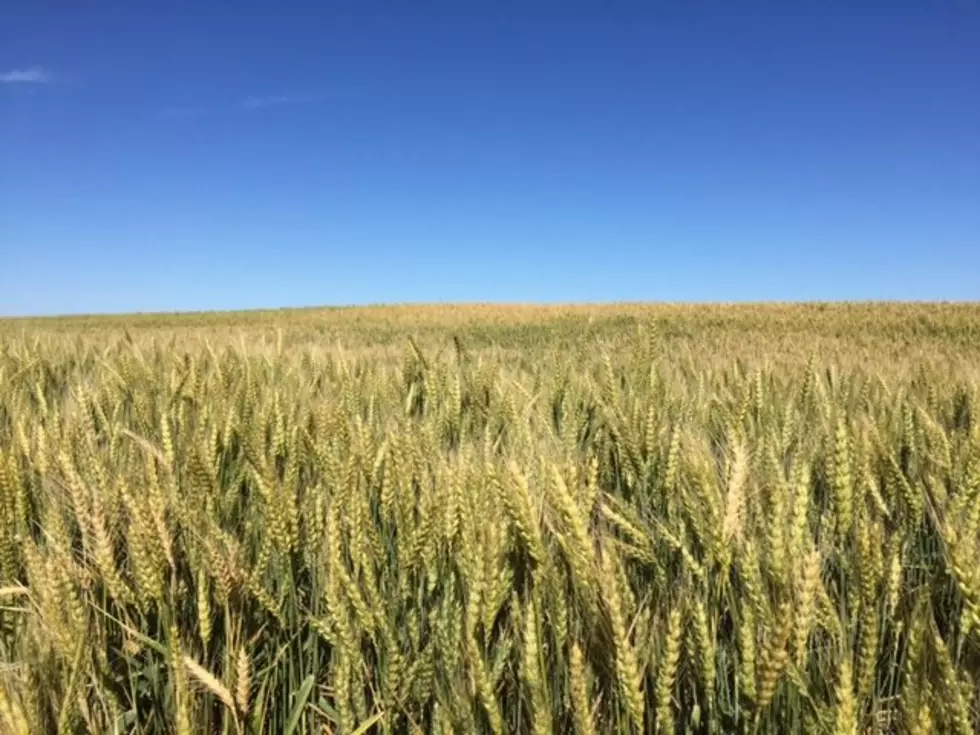
Stripe Rust Forecast Impacted by Heavy Snows
Despite the very cold temperatures in some areas of the Inland Northwest, stripe rust looks to have survived due to the amount of snow on the ground.
The latest forecast from WSU shows yield losses of 32 percent on highly susceptible varieties versus the initial forecast of just six percent back in January.
Researchers were examining fields in Southeastern Washington last week and saw evidence of survival.
Recommendations from WSU Researchers:
- For winter wheat, check fields just before herbicide application. If a susceptible or moderately susceptible winter wheat variety (ratings 5 to 9 on the Buyers’ Guide) is planted, or you can found stripe rust in the field, consider using fungicide at the time of herbicide application.
- For spring wheat, consider planting resistant varieties. Use the Seed Buyers Guide to choose varieties rated 1 to 4 for stripe rust and avoid those rated 5-9 if possible.
- As there have been plenty moisture, which will last long into the late spring and early summer, the weather conditions will be favorable for stripe rust development. Second application may be needed around the flag leaf stage, depending upon the first time of fungicide application, rust re-development in the field, variety with high-level of high-temperature adult-plant resistance or not, and weather conditions. General recommendation for using second application or not will be made late as the season progresses and rust develops.
More From PNW Ag Network









